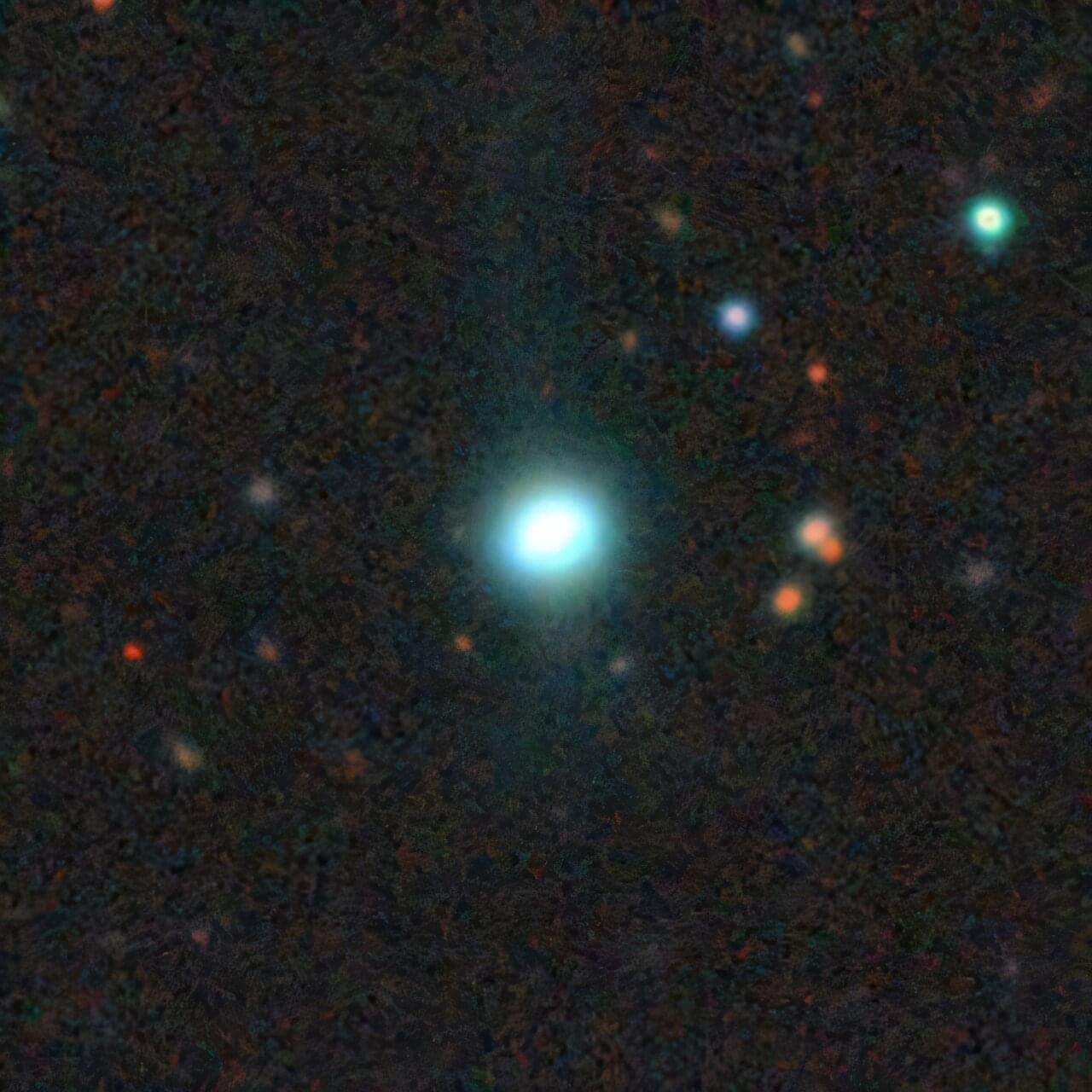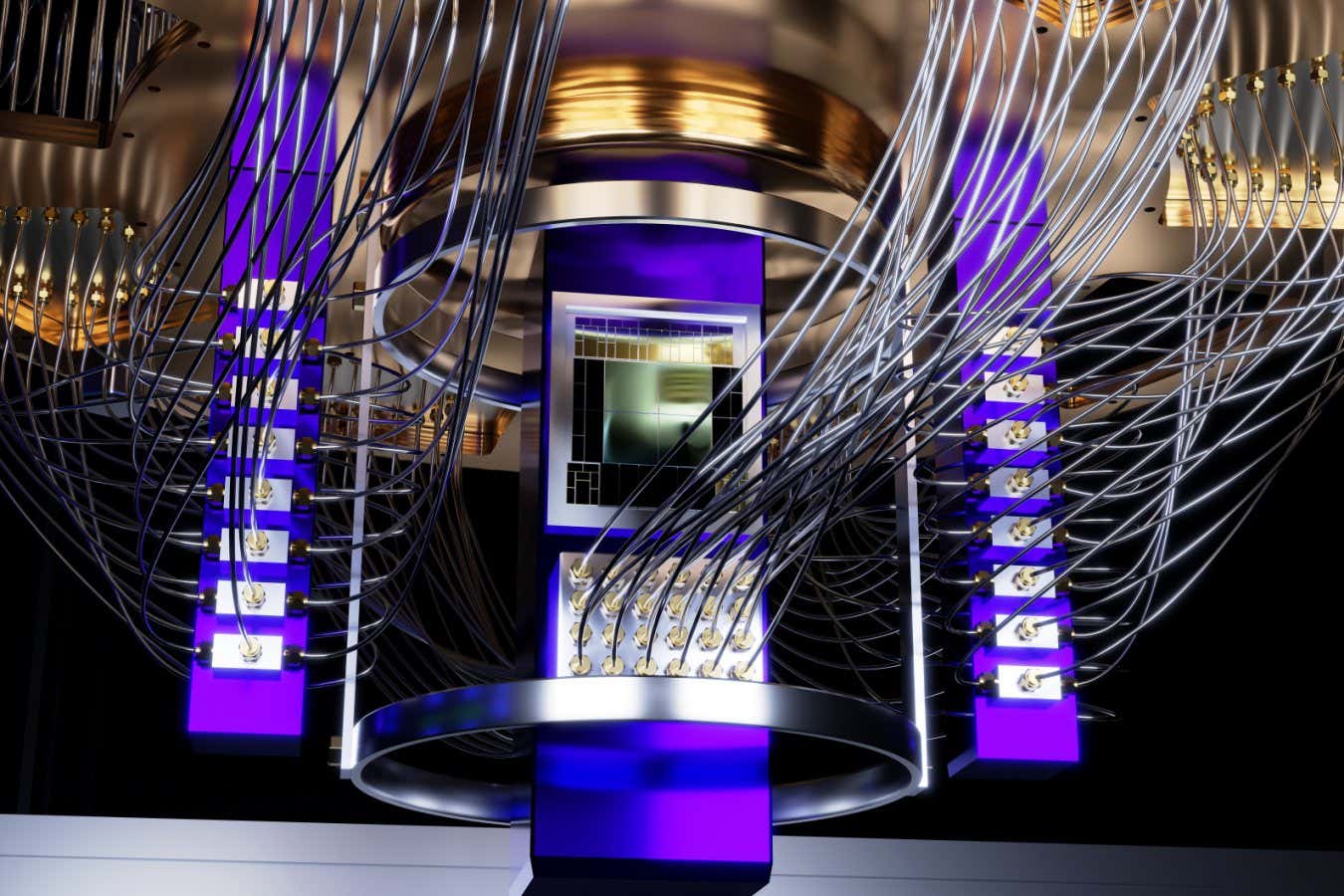Autonomous battleships, autonomous defense technology, autonomous navy fleet, autonomous naval warships, autonomous patrol vessels, autonomous ship AI, autonomous warships 2025, battlefield AI systems, combat drone ships, cutting-edge naval AI, deep sea AI fleet, defense automation, drone fleet navy, drone operated ships, drone warships, future autonomous fleets, future navy AI, futuristic battle navy, ghost fleet AI, ghost fleet autonomous, ghost fleet drones, ghost naval ships, ghost warship fleet, high-tech naval fleet, military AI fleets, military autonomous ships, military drone ships, navy 2040 AI, navy AI automation, navy AI drone fleet, navy AI fleets, navy automation future, navy ghost drones, navy ghost ships, navy robotics systems, next-gen navy tech, robotic battle ships, robotic drone vessels, robotic navy future, robotic sea fleet, robotic sea patrol, robotic war navy, robotic warships AI, self-piloted navy, self-steering warships, stealth autonomous navy, stealth ghost fleet, stealth navy automation, tech navy evolution, unmanned AI navy, unmanned battle drones, unmanned combat vessels, unmanned ghost navy, unmanned military fleet, unmanned naval drones, unmanned navy boats, unmanned navy future, unmanned sea patrols, warship AI tech, warship drone AI, warship ghost fleet, warship robotics, warship self-navigation, autonomous ghost navy, AI powered navy, AI ship combat, AI ship navies, AI war vessels, AI warship combat, AI weaponized fleet, AI-controlled navy, AI-driven battle sea, AI-driven ghost fleet, AI-enabled navy future, autonomous ocean defense, autonomous war sea fleet, drone-based warships, drone-controlled navy, drone-led ghost fleet, drone-swarm navy, future military vessels, future sea combat, ghost navy technology, naval AI drones, navy AI future warfare, navy drone AI tech, navy drone patrol, navy ghost AI systems, robotic ship combat, sea battle AI systems, self-navigating warships, stealth AI navy tech, unmanned robotic ships, war automation navy, war ghost drones, war naval AI, war robot ships, weaponized drone navy, navy drone revolution, AI ocean patrols, underwater drone warfare, military ghost fleets, stealth unmanned warships, intelligent navy drones, navy robotics AI, robotic submarines AI, AI sea defense, future of naval AI, drone navy intelligence, unmanned stealth destroyers, AI-powered naval tech, smart navy ships, robotic destroyer fleet, next-gen ocean defense, deep sea robotics, drone guided torpedoes, sea AI weapons, unmanned marine fleet, combat sea robots, autonomous navy destroyers, unmanned military ocean tech, AI navy weapon systems, tech-driven warships, artificial intelligence warships, unmanned surface vessels, navy robotic patrol boats, AI-enabled destroyers, autonomous military defense, future ghost ships, navy drone control system, AI-controlled destroyers, unmanned combat surface fleet, ocean war robots, marine AI surveillance, robotic ocean patrols, future war drones, ghost ship navy, intelligent sea vessels, navy drone carriers, stealth autonomous ships, drone-enabled defense, underwater robotic navy, futuristic ocean fleet, drone-operated destroyers, AI-enabled sea robots, military robotics sea, next-gen destroyer drones, future stealth navy, navy robotics revolution, AI warfare at sea, unmanned maritime systems, AI naval monitoring, AI-controlled navy drones, autonomous destroyer squad, future naval swarms, robotic surface fleet, navy stealth AI, sea-based warbots, AI-controlled naval fleet, maritime ghost drones, automated navy systems, autonomous ship squadrons, ocean warfare automation, ghost destroyer drones, next-gen military fleets, automated sea defense, intelligent ship fleets, AI stealth destroyers, tech navy transformation, navy bots warfare, unmanned combat bots, autonomous naval innovations, AI warship patrols, automated ship navies, drone navy upgrades, future of robotic fleets, stealth robotics navy, AI ship fleets 2030, autonomous ocean warriors, naval robotics AI 2025, autonomous deep-sea ships, drone war technology, unmanned weaponized ships, futuristic ship fleets, next-gen ghost warships, ocean-based military AI, naval swarming drones, robotic future navy, navy drone revolution, AI ocean patrols, underwater drone warfare, military ghost fleets, stealth unmanned warships, intelligent navy drones, navy robotics AI, robotic submarines AI, AI sea defense, future of naval AI, drone navy intelligence, unmanned stealth destroyers, AI-powered naval tech, smart navy ships, robotic destroyer fleet, next-gen ocean defense, deep sea robotics, drone guided torpedoes, sea AI weapons, unmanned marine fleet, combat sea robots, autonomous navy destroyers, unmanned military ocean tech, AI navy weapon systems, tech-driven warships, artificial intelligence warships, unmanned surface vessels, navy robotic patrol boats, AI-enabled destroyers, autonomous military defense, future ghost ships, navy drone control system, AI-controlled destroyers.
Get the latest international news and world events from around the world.
SWC Lecture 2024 — Blaise Agüera y Arcas
In the 2024 SWC Lecture, Blaise Agüera y Arcas, VP and Fellow at Google Research and Google’s CTO of Technology & Society, challenged the notion that the brain is not a computer. He explained how both life and intelligence are inherently computational and may even be selected for in the same way.
Live illustration by Alex Cagan.
Shared Cortical Representations but Distinct Temporal Dynamics | HSP 2025
From single words to sentence production: shared cortical representations but distinct temporal dynamics.
Adam Morgan, Orrin Devinsky, Werner Doyle, Patricia Dugan, Daniel Friedman, Adeen Flinker.
About the Maryland Language Science Center.
At the Maryland Language Science Center (MLSC), we are committed to advancing the interdisciplinary science of language to tackle complex, large-scale problems in both fundamental science and society. Our work brings together linguists, psychologists, neuroscientists, computer scientists, and more to explore the many facets of language and its role in shaping human cognition and communication.
Stay connected with us and explore our research:
👉 Website: http://languagescience.umd.edu.
👉 Instagram: @umd_lsc (/ umd_lsc)
👉 Bluesky: @umd-lsc.bsky.social (https://bsky.app/profile/umd-lsc.bsky…
👉 Facebook: @LanguageScienceCenter (/ languagesciencecenter)
👉 LinkedIn: @umd-lsc (/ umd-lsc)
👉 Flickr: @umd-language-science (https://www.flickr.com/photos/umd-lan…)
The Futurists — EPS_286: The Meaning Economy with David Shapiro
In this week’s episode we interview author, AI theorist and researcher David Shapiro is part philosopher, part theorist with a fair bit of practical wisdom thrown in. With a hit YouTube channel Shapiro travels the globe as a speaker and advisor musing on the longer-term impacts of AI, technology and human adaptability. In this deep conversation with host Brett King, we delve into the ways in which advanced AI might completely transform our way of life, including economics, politics and what it means to be human itself. This is not one you’ll want to miss.
Follow David Shapiro: @DaveShap
ABOUT SHOW
Subscribe and listen to TheFuturists.com Podcast where hosts Brett King and Robert TerceK interview the worlds foremost super-forecasters, thought leaders, technologists, entrepreneurs and futurists building the world of tomorrow. Together we will explore how our world will radically change as AI, bioscience, energy, food and agriculture, computing, the metaverse, the space industry, crypto, resource management, supply chain and climate will reshape our world over the next 100 years. Join us on The Futurists and we will see you in the future!
HOSTS
https://thefuturists.com/info/hosts-b… / brettking & http://brettking.com/
/ superplex &https://roberttercek.com/ SUBSCRIBE & LISTEN https://thefuturists.com/info/listen–… https://open.spotify.com/show/0nvdnEs… https://podcasts.apple.com/us/podcast… https://blubrry.com/thefuturists/ FOLLOW & ENGAGE
/ futuristpodcast
/ futuristpodcast
/ thefuturistspodcast
/ @thefuturistspodcast GET EVEN MORE https://thefuturists.com/exclusive/
/ brettking & http://brettking.com/
/ superplex & https://roberttercek.com/
SUBSCRIBE & LISTEN
https://thefuturists.com/info/listen–…
https://open.spotify.com/show/0nvdnEs…
https://podcasts.apple.com/us/podcast…
https://blubrry.com/thefuturists/
FOLLOW & ENGAGE
Is NAD Associated With Biomarkers Of Mitochondrial Function?
Join us on Patreon! https://www.patreon.com/MichaelLustgartenPhD
Discount Links/Affiliates:
Blood testing (where I get the majority of my labs): https://www.ultalabtests.com/partners/michaellustgarten.
At-Home Metabolomics: https://www.iollo.com?ref=michael-lustgarten.
Use Code: CONQUERAGING At Checkout.
Clearly Filtered Water Filter: https://get.aspr.app/SHoPY
Epigenetic, Telomere Testing: https://trudiagnostic.com/?irclickid=U-s3Ii2r7xyIU-LSYLyQdQ6…M0&irgwc=1
Use Code: CONQUERAGING
NAD+ Quantification: https://www.jinfiniti.com/intracellular-nad-test/

Adriano V. Autino Technical Presentation at U.N. COPUOS Legal Subcommittee, the 6 May 2025
Adriano V. Autino gave a Technical Presentation at U.N. COPUOS Legal Subcommittee, the 6 May 2025, on behalf of Dennis O’Brien, Chair of the Space Renaissance Academy Space Law Comittee: “Clarifying ambiguities of the Outer Space Treaty”


The Future of Manufacturing Might Be in Space
Growing these seed crystals in space could lead to much more pure wafers, says Western: “You can almost press the reset button on what we think is the limit of a semiconductor.”
Frick’s company Astral plans to do this with a mini fridge-sized furnace that reaches temperatures of about 1,500 degrees Celsius (2,700 degrees Fahrenheit). The applications of crystal growth are not just limited to semiconductors but could also lead to higher quality pharmaceuticals and other materials science breakthroughs.
Other products made in space could be produced with similar benefits. In January, China announced it had made a groundbreaking new metal alloy on its Tiangong space station that was much lighter and stronger than comparable alloys on Earth. And the unique environment of low gravity can offer new possibilities in medical research. “When you shut off gravity, you’re able to fabricate something like an organ,” says Mike Gold, the president of civil and international space business at Redwire, a Florida-based company that has experimented with in-space manufacturing on the International Space Station for years. “If you try to do this on Earth, it would be squished.”
